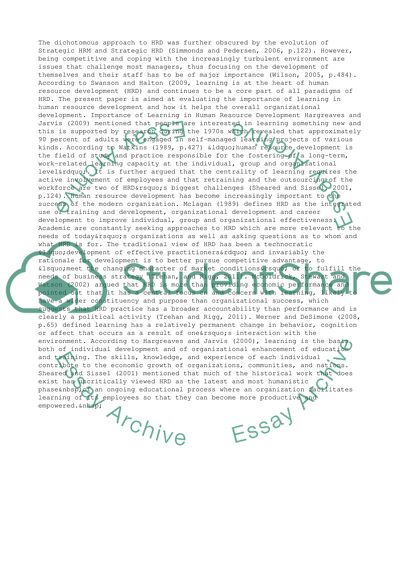Cite this document
(Developing a Corporate Learning Strategy Term Paper, n.d.)
Developing a Corporate Learning Strategy Term Paper. Retrieved from https://studentshare.org/management/1432125-people-development
Developing a Corporate Learning Strategy Term Paper. Retrieved from https://studentshare.org/management/1432125-people-development
(Developing a Corporate Learning Strategy Term Paper)
Developing a Corporate Learning Strategy Term Paper. https://studentshare.org/management/1432125-people-development.
Developing a Corporate Learning Strategy Term Paper. https://studentshare.org/management/1432125-people-development.
“Developing a Corporate Learning Strategy Term Paper”, n.d. https://studentshare.org/management/1432125-people-development.


